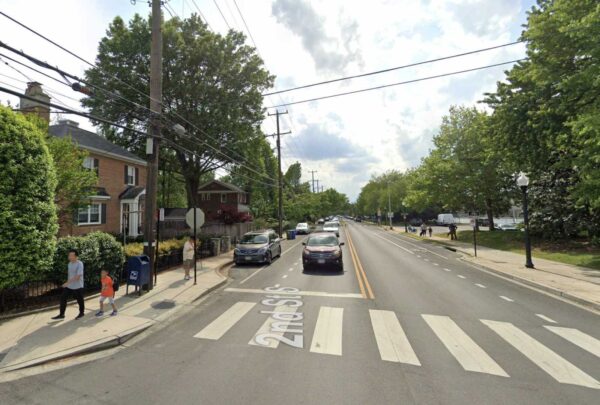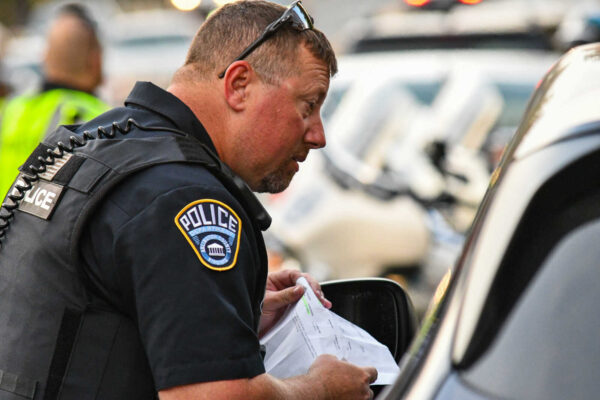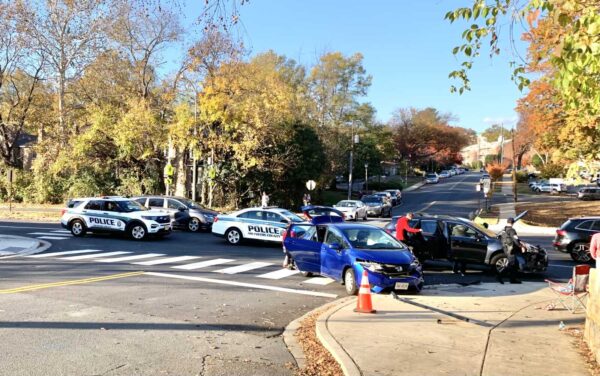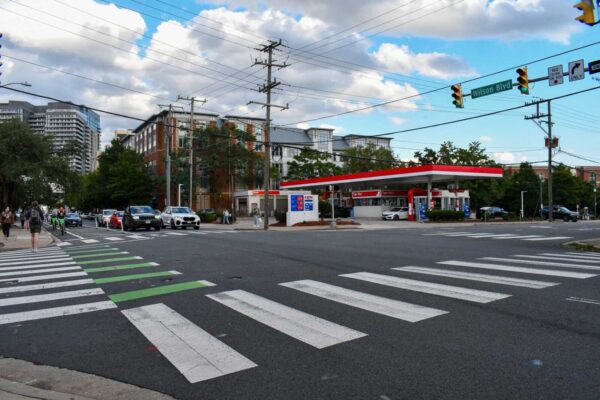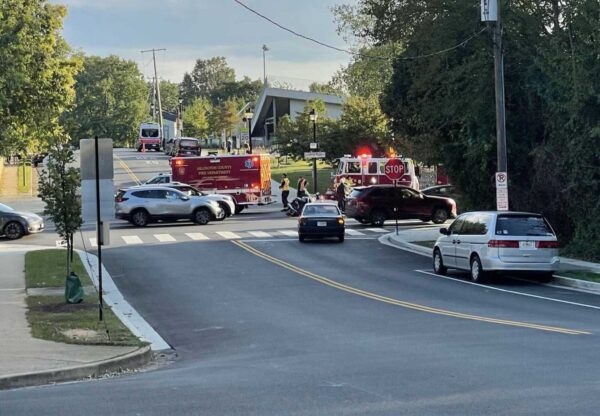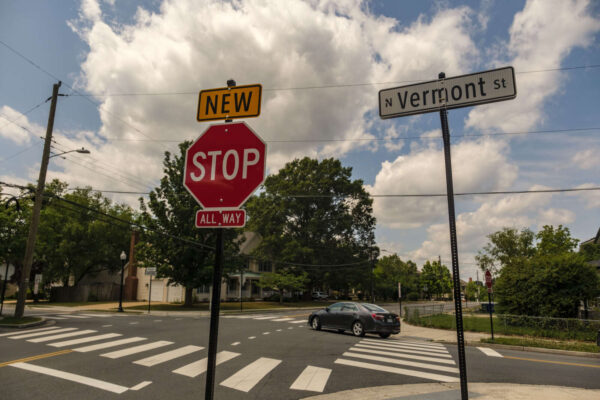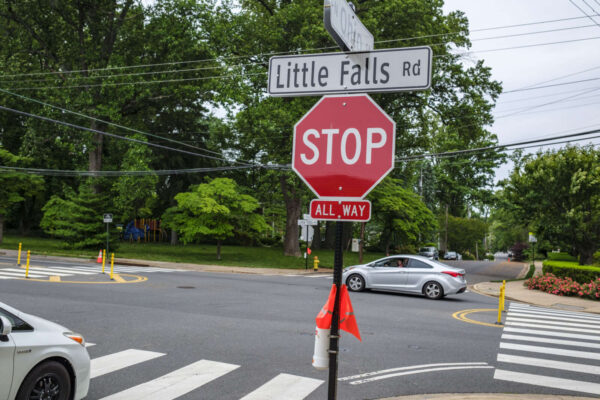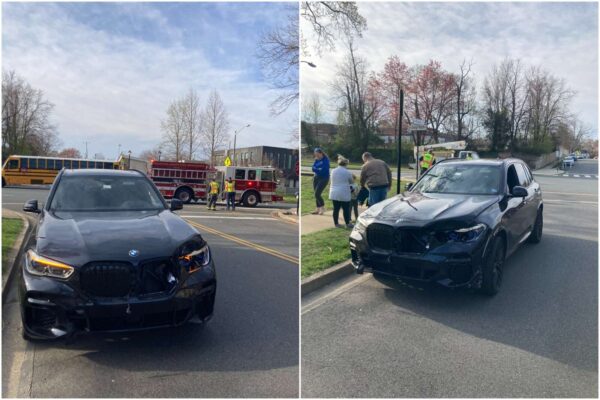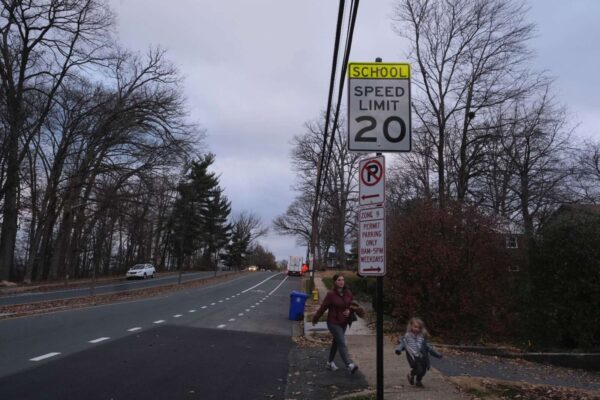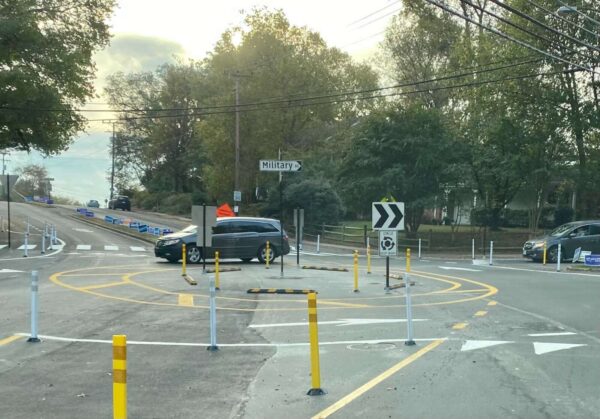Penrose and Arlington Heights residents say a heavily trafficked road through their neighborhoods needs more speeding enforcement and traffic calming measures.
From Washington Blvd to Glebe Road, 2nd Street S. has seen several crashes over the last decade, including a 2012 crash at S. Wayne Street that sent three to the hospital to a fatal pedestrian crash near S. Old Glebe Road in 2022.


